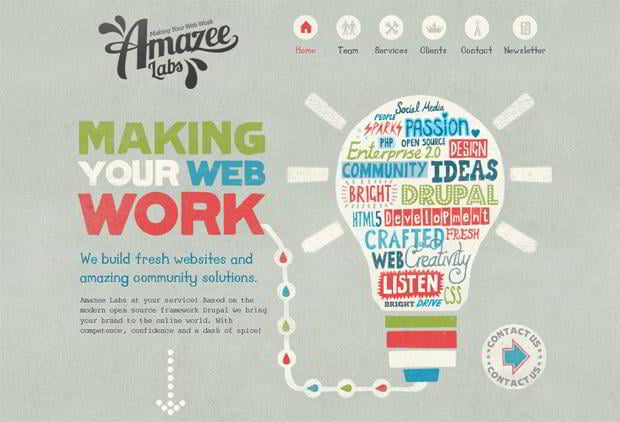Frustrated With Slow-Moving Filling Times And Complicated Navigating? Discover Exactly How Receptive Style And Optimized Web Page Rate Can Enhance Your Web Site'S Customer Experience
Frustrated With Slow-Moving Filling Times And Complicated Navigating? Discover Exactly How Receptive Style And Optimized Web Page Rate Can Enhance Your Web Site'S Customer Experience
Blog Article
Developed By-Herrera Abildtrup
Have you ever before saw a site that took for life to lots, had a confusing navigating system, or didn't display properly on your mobile phone? Chances are, you quickly deserted that website and proceeded to one that provided a far better user experience.
In today's competitive online landscape, it's important for organizations to focus on website design that improves individual experience in order to drive better conversions. In this discussion, we will check out the importance of responsive design, the application of user-friendly navigation, and the optimization of web page lots speed to produce a seamless and appealing user journey.
Remain tuned to find just how these components can substantially affect your website's success.
Importance of Responsive Style
Responsive style is vital in today's digital landscape for producing sites that adapt flawlessly to different screen sizes and devices. When your web site is receptive, it instantly changes its layout and web content to fit any gadget, whether it's a smartphone, tablet computer, or desktop computer. This is critical because more and more people are accessing the web through their smart phones.
If https://www.searchenginejournal.com/demystifying-seo-investments-cmo-recap/452302/ isn't responsive, it can lead to a poor customer experience. Individuals might have to squeeze and zoom to read web content, buttons might be also small to click on, and photos may not be enhanced for smaller sized screens. Web Site can frustrate users and result in high bounce prices and low conversions.
Utilizing Intuitive Navigating
When designing a responsive site, it is very important to concentrate on utilizing instinctive navigation for an improved customer experience.
Intuitive navigation describes organizing your site's food selection and navigating elements in a rational and straightforward method. By doing so, you make it simpler for site visitors to discover what they're looking for and navigate through your website easily.
User-friendly navigation helps reduce complication and irritation, inevitably bring about far better customer interaction and increased conversions.
To accomplish instinctive navigating, think about utilizing clear and detailed labels for your menu things, carrying out a constant layout across all pages, and integrating search capability for quick accessibility to certain material. Furthermore, it's vital to prioritize essential pages and info, ensuring they're prominently displayed and conveniently obtainable.
Optimizing Web Page Load Rate
To boost customer experience, it's critical to optimize the web page load speed of your web site. Sluggish packing times can irritate customers and lead to greater bounce rates.
Luckily, there are https://contentmarketingstrategyt51739.onzeblog.com/30270468/the-role-of-social-media-site-in-search-engine-optimization-leveraging-social-platforms-for-better-rankings can implement to enhance your site's load speed. First of all, think about minimizing the dimension of your photos by pressing them without jeopardizing quality.
In addition, maximize your code by lowering unnecessary manuscripts and CSS data. Another effective technique is to take advantage of internet browser caching, which enables certain components of your website to be kept in your area, reducing tons times for returning site visitors.
In addition, think about using a web content delivery network (CDN) to disperse your web site's documents across multiple web servers, enhancing load rate for users in different geographical areas.
Conclusion
Finally, by utilizing receptive style, user-friendly navigation, and optimizing web page lots speed, web designs can significantly improve individual experience and drive better conversions.
With an user-friendly interface, easy navigating, and quick filling times, internet sites can catch and keep the attention of individuals, leading to boosted engagement and higher conversion prices.
So, do not delay in applying these web design methods to ensure a smooth and effective individual experience!
